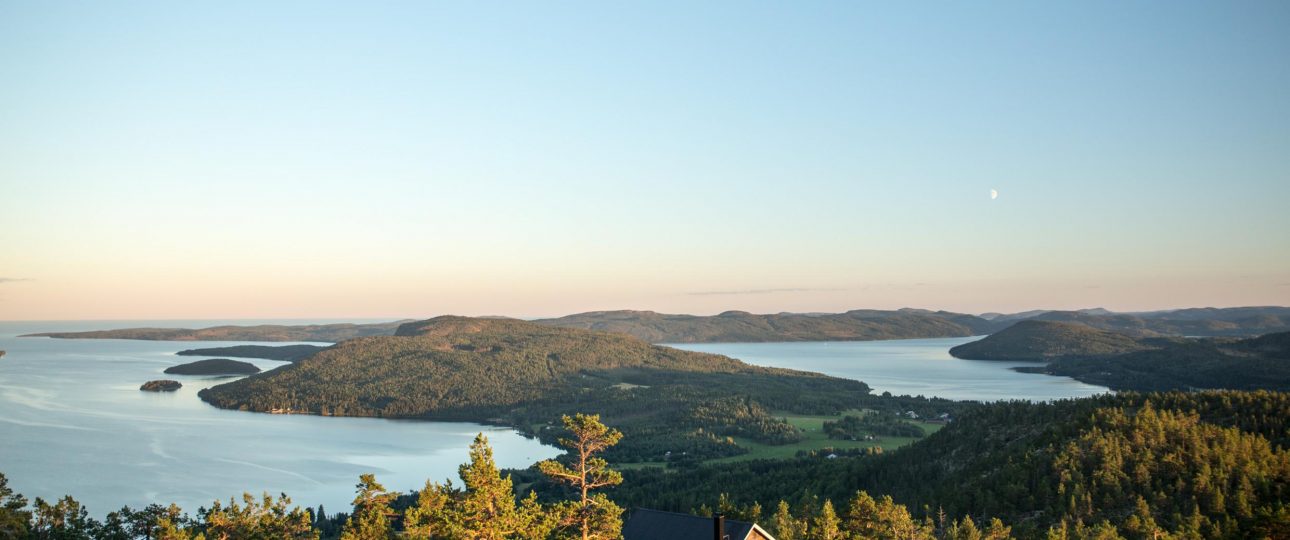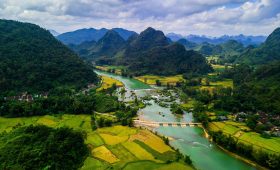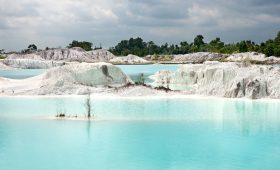About the High Coast
The High Coast, located in Sweden along the Gulf of Bothnia, is a region of striking natural beauty and historical significance. Part of the historical province of Ångermanland, it is renowned for its dramatic cliffs and steep hills, a result of the unique geological phenomenon known as post-glacial rebound. This process, where the land rises after being compressed by glaciers, is most pronounced here, with Skuleberget holding the world record for land uplift at 286 meters above sea level as of 2019. The High Coast was designated a UNESCO World Heritage Site in 2000, highlighting its exceptional geological and cultural value.
Best Time to Visit
The High Coast is accessible year-round, but the period from May to September is ideal for experiencing its outdoor activities and events. During these months, the weather is generally mild, making it perfect for hiking and exploring the region’s natural and cultural attractions.
Getting There
Traveling to the High Coast is straightforward. The Kramfors-Sollefteå Airport offers daily flights to and from Stockholm-Arlanda and Gällivare. Alternatively, you can fly into nearby airports such as Örnsköldsvik or Sundsvall-Timrå. Regional trains between Sundsvall and Umeå stop in Kramfors, though the station is about a kilometer from the airport, so a taxi might be necessary for the transfer. Highway E4 runs along the Swedish east coast, providing easy access by car.
Local Transportation
Once in the High Coast, renting a car is a practical option for exploring the area at your own pace. Local bus services also connect various towns and attractions. For a more active approach, consider renting a bicycle to navigate the scenic trails, offering an eco-friendly way to enjoy the landscape.
Things to Do in the High Coast
Hiking and Nature Exploration
The High Coast is a haven for hikers. Skuleskogen National Park offers trails through ancient forests and along the coastline, providing breathtaking views. For a more challenging trek, the High Coast Trail spans 128 kilometers, showcasing diverse landscapes from rocky cliffs to serene lakes. Wildlife enthusiasts might spot moose and reindeer along the way.
Cultural and Historical Sites
Explore the region’s rich history by visiting cultural sites like the High Coast Art Valley, which features around 25 art installations scattered from Ulvön Island to the Nätra river valley. The Ådalen shootings of 1931, a significant event in Swedish political history, occurred near Kramfors, adding a layer of historical intrigue to the area.
Relaxation and Wellness
For relaxation, the High Coast offers serene spas with stunning natural views. The region’s beaches provide a tranquil setting to unwind, with opportunities to swim in the refreshing waters or simply enjoy the coastal scenery.
Summary of Facts
- The High Coast is located in Sweden along the Gulf of Bothnia.
- Known for its dramatic cliffs and post-glacial rebound, with Skuleberget holding the world record for land uplift.
- Designated a UNESCO World Heritage Site in 2000.
- Best visited between May and September for optimal weather and activities.
- Accessible via Kramfors-Sollefteå Airport, with nearby airports including Örnsköldsvik and Sundsvall-Timrå.
- Transportation options include car rentals, local buses, and bicycles for exploring.
- Offers a range of outdoor activities, cultural sites, and relaxation opportunities.




